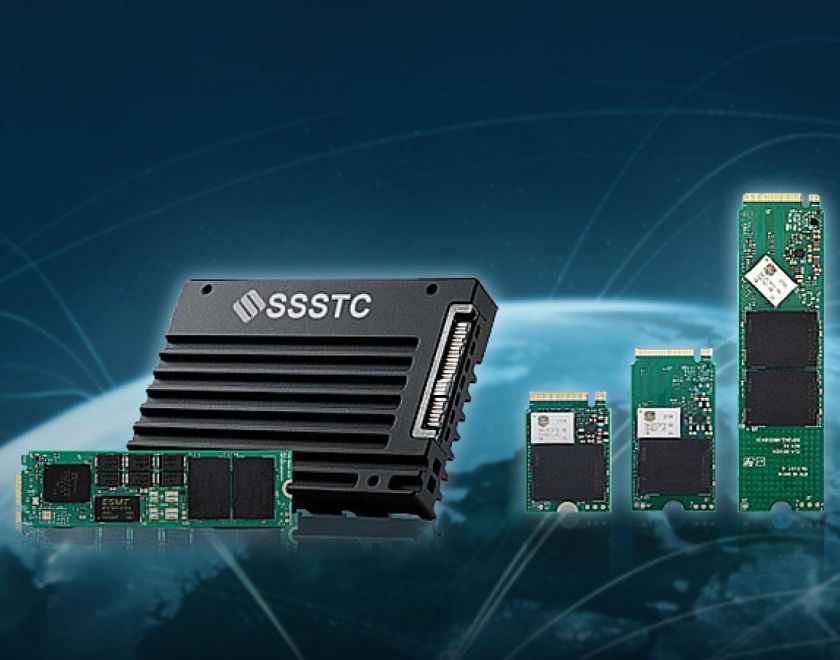Edge Server
Edge Servers are the all-important node equipment in Edge Computing architecture, also known as Edge Computing Servers, of which the differences from the conventional servers lie in back-end computing architecture and resource utilization mode. The Edge Computing equipment mainly consists of two types: those installed at the network nodes (i.e., Edge Servers) or network communication equipment (e.g., Edge Gateways); and those as the terminal equipment embedded with computing chipsets (e.g., Sensors).
Contrary to centralized Cloud Computing, Edge Computing is an IT deployment with a decentralized network computing architecture that processes and analyzes data in real-time near the source-end or terminals through plugged-in or embedded computing equipment, while allowing applications and data in proximity to the users. Data processing does not require uploading to the cloud or centralized data processing system, that can reduce transmission latency and network bandwidth utilization while ramping up response speed in user services.
As Edge Computing and Cloud Computing are complementary technologies. Edge Computing accounts for the initial processing of data at the edge nodes or the terminals that determine whether to respond directly or to designate the data for cloud processing. The cloud end is in charge of data storage, as well as computing that requires higher performance and less time-sensitivity. As Cloud Computing utilizes centralized data centers, Edge Computing utilizes decentralized micro data centers at the edge of the network allowing data utilization to occur at the locations where the data are created while carrying out real-time computing.
In the wake of the booming development in IoT technologies that fueled the propagation of cloud storage and big data analytics. The wave of AI technologies in combination with the influx of IoT gave rise to the new-generation AIoT, also known as Edge AI applications, that call for more rapid-response devices to deal with the tidal waves of information to be processed. Merely cloud computing architecture alone is not sufficient to meet the enormous computing demand posed by AIoT applications. Therefore, the Edge Computing that can share the computing load at the cloud end has come to the fore. With the characteristics of low-latency transmission, sharing the enormous data load, lowered transmission cost, decreased cloud loading, real-time computing, local autonomy, etc., Edge Computing will be the rising star driver for the further propagation of AIoT applications.
As Edge Computing grows in importance, the Edge Servers have become one of the sought-after equipment. The exterior outlook of Edge Servers usually is in the rack or blade format, or Compact PCs, placed near the data sources, terminal devices, or user-end locations.
Edge Servers place a high premium on High Performance Computing (HPC), in completing complex or macro computing at high speed to increase the processing power of application programs. To achieve this objective, the HPC solution of Edge Servers usually features cluster-computing architecture where multiple nodes are connected in groups of multiple CPUs or GPUs to perform parallel computing as the bulk of the computing power is channeled within the server enclosure of the size of either 1U, 2U, or 4U.
Another popular option for Edge Servers is Hyper Converged Infrastructure (HCI) products. HCI is a software-defined IT infrastructure to converge compute and storage, integrating server, storage, network and other hardware with virtualization software into a single chassis in an attempt to minimize data center complexity and increase scalability, which is like a mini server room. HCI can assemble multiple enclosures in a cluster through decentralized software and increase nodes to expand performance and capacity based on computing and storage needs. As almost all of the current HCI solutions are 100% software-defined, all physical and virtual resources are easily deployed and managed with a single UI. The high scalability and easy-to-manage characteristics of HCI solutions have made itself very appealing to small and medium-sized enterprises.
The Edge Servers will be broadly adopted in 5G applications and are referred to as MEC Edge Servers or MEC Servers. MEC, the abbreviation of Multi-Access Edge Computing, or Mobile Edge Computing, is a 5G network architecture placing cloud computing functions and IT service environment at the edge of 5G networks to allow users to directly access data and computing from cellular towers. It can reduce the computing loads of the core network to materialize low-latency and high-reliability services while providing log-in verification, mobility, and roaming functions for user equipments.
MEC Edge Servers are required to feature micro data center function (i.e., local edge cloud) with large storage capacity, so that comprehensive applications and multimedia content need not be placed at the remote data centers but in the local edge cloud. It renders data closer to the users, and the decreased latency should lower the demand for the network bandwidth.
Edge Computing for AIoT
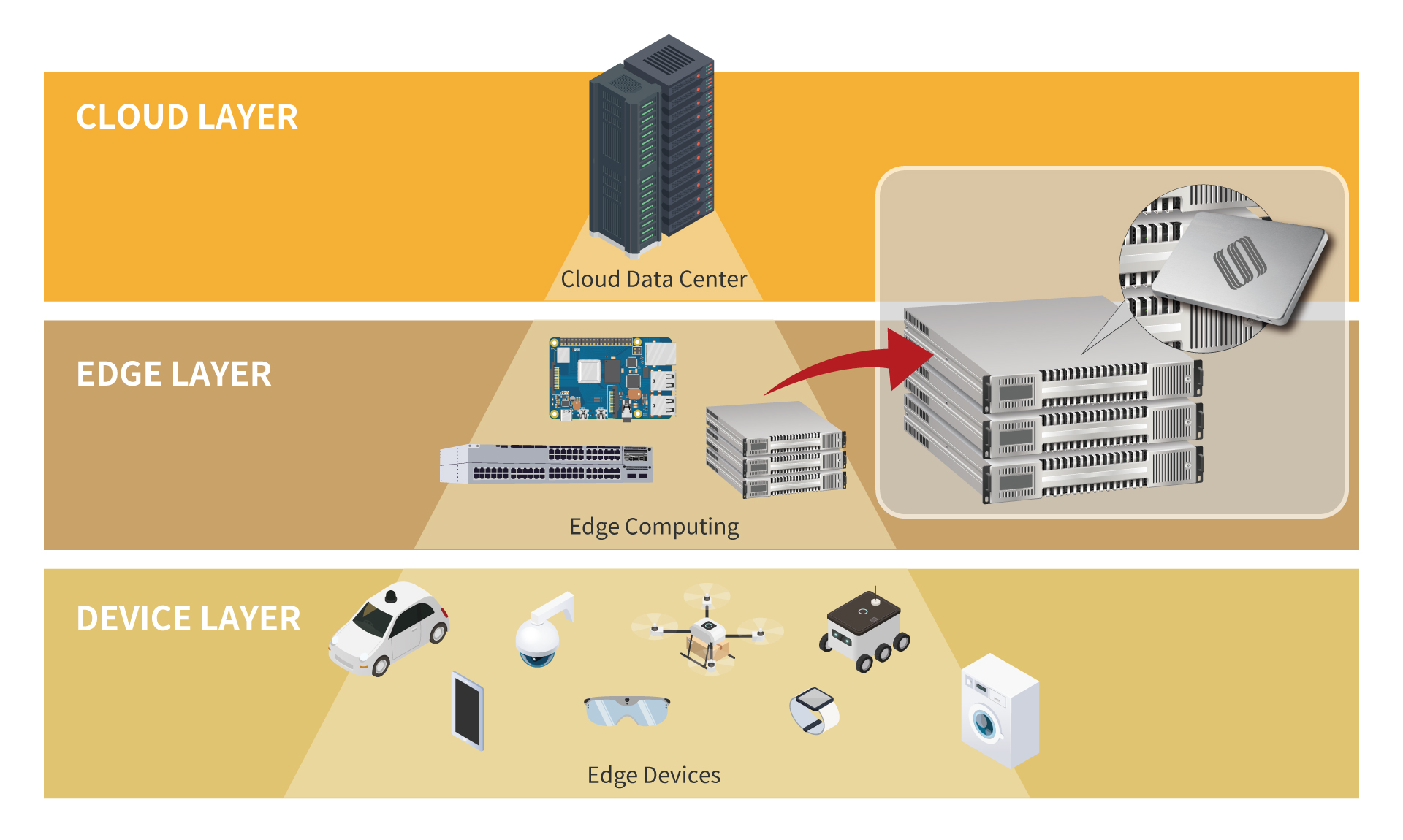
Edge Servers place different demands on the specifications based on the needs of applications. Whether it be the accelerated type, ultra-integrated type, single-node type, multi-node type, robust type, or micro type, the requirements for real-time response and precision, as well as for speed and storage remain. An Edge Server with multiple GPUs and adequate storage capacity is crucial.
The SSDs by Solid State Storage Technology Corporation are instrumental in realizing low-latency for Edge Servers. When compared with the conventional HDDs, the sequential read-write speed of SATA SSDs by Solid State Storage Technology Corporation is five times faster, and the PCIe® 4.0 NVMeTM SSDs is sixty-eight times faster. Furthermore, the SSDs by Solid State Storage Technology Corporation feature the latest LDPC ECC technology with highly complex decoding capacity, which made them most suitable for error correction for high-speed transmission to ensure data accuracy, and to increase reliability in data access.
As Edge Servers require larger local storage spaces or feature the function of micro data centers, high-volume and stable storage capacity become especially important. Before factory exit, the SSD products by Solid State Storage Technology Corporation have all passed reliability tests of higher standards than those of the industry and extreme-temperature endurance testing that complies with industry standards to provide more stable, enduring, high-performance, and power-saving SSD products for the Edge Servers.
Renowned for its robust characteristics, Compact Industry PCs have enjoyed a flourishing journey in developing side-by-side with Industry 4.0 and IoT technologies. With AIoT applications, the Edge Servers are distributed across different locations, and the installation environments are increasingly diversified or rugged, while the rugged specifications are being placed front and center in overcoming strong vibration, unexpected collisions, temperature variation, etc. Before factory exit, the high-specification Wide-Temp SSDs produced by Solid State Storage Technology Corporation pass through industrial extended wide-temperature test and comply with the Anti-Vibration standards of the US military-grade standard, MIL-STD-810G, and Anti-Shock standards of the US military-grade standard, MIL-STD-202G and MIL-STD-883 to meet the requirements for industrial-grade Compact PC applications.
Successful Case
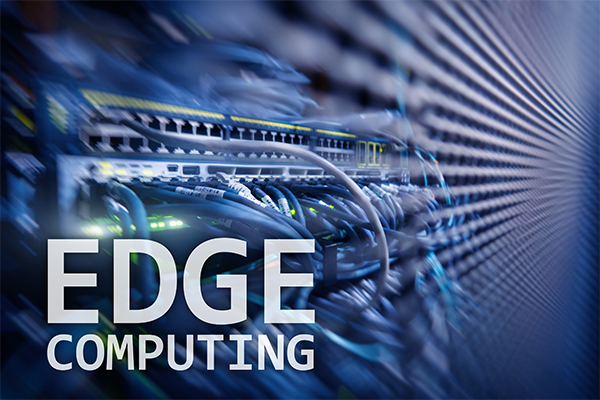
A global top-tier industrial PC and embedded solution provider introduced PCIe® NVMeTM M.2 2280 SSD produced by Solid State Storage Technology Corporation in its Edge Server products for many renowned enterprises in Northern America.
SSD Model: CA3 / CA5 Series PCIe® M.2 2280 SSD

The world-renowned public cloud service provider in its Cloud Data Center features many enterprise-class PCIe® NVMeTM M.2 SSDs produced by Solid State Storage Technology Corporation in providing the resources needed by its users.
SSD Model: AD2 / EP3 / EPX Enterprise Grade M.2 22110 SSD
SATA SSD
40GB / 80GB / 160GB / 256GB / 320GB / 640GB
NAND Flash: 3D pSLC(TLC)
Interface: SATA 3 (6Gb/s)
Sequential Read: UP to 550 MB/s
Sequential Write: UP to 510 MB/s
SATA SSD
120GB / 128GB / 256GB / 480GB / 512GB / 960GB / 1024GB / 2048GB
NAND Flash: 3D TLC NAND Flash
Interface: SATA 3 (6Gb/s)
Sequential Read: UP to 550 MB/s
Sequential Write: UP to 510 MB/s
NVMe™ SSD
80GB / 160GB / 320GB
NAND Flash: 3D pSLC(TLC)
Interface: PCIe® Gen4 x4
Sequential Read: UP to 3700 MB/s
Sequential Write: UP to 2600 MB/s
NVMe™ SSD
40GB / 80GB / 160GB / 320GB / 640GB /1280GB
NAND Flash: 3D TLC NAND Flash
Interface: PCIe® Gen3 x4
Sequential Read: 3,100 MB/s
Sequential Write: 1,500 MB/s
NVMe™ SSD
40GB / 80GB / 160GB / 320GB / 640GB /1280GB
NAND Flash: 3D TLC NAND Flash
Interface: PCIe® Gen3 x4
Sequential Read: 3,100 MB/s
Sequential Write: 1,500 MB/s
NVMe™ SSD
80GB / 160GB / 320GB
NAND Flash: 3D TLC NAND Flash
Interface: PCIe® Gen4 x4
Sequential Read: UP to 3,500 MB/s
Sequential Write: UP to 2,100 MB/s
NVMe™ SSD
128GB / 256GB / 512GB / 1024GB / 2048GB /4096GB
NAND Flash: 3D TLC NAND Flash
Interface: PCIe® Gen3 x4
Sequential Read: 3,100 MB/s
Sequential Write: 1,500 MB/s
NVMe™ SSD
128GB / 256GB / 512GB / 1024GB / 2048GB /4096GB
NAND Flash: 3D TLC NAND Flash
Interface: PCIe® Gen3 x4
Sequential Read: 3,100 MB/s
Sequential Write: 1,500 MB/s
NVMe™ SSD
256GB / 512GB / 1024GB / 2048GB
NAND Flash: 3D TLC NAND Flash
Interface: PCIe® Gen4 x4
Sequential Read: UP to 6,800 MB/s
Sequential Write: UP to 4,800 MB/s
NVMe™ SSD
240GB / 256GB /480GB/ 512GB / 960GB/ 1024GB
NAND Flash: 3D TLC NAND Flash
Interface: PCIe® Gen4 x4
Sequential Read: UP to 3,700 MB/s
Sequential Write: UP to 2,600 MB/s
NVMe™ SSD
256GB / 512GB / 1024GB
NAND Flash: 3D TLC NAND Flash
Interface: PCIe® Gen4 x4
Sequential Read: UP to 3,700 MB/s
Sequential Write: UP to 2,600 MB/s
NVMe™ SSD
128GB / 256GB / 512GB
NAND Flash: 3D TLC NAND Flash
Interface: PCIe® Gen3 x4
Sequential Read: UP to 2,000 MB/s
Sequential Write: UP to 1,100 MB/s
NVMe™ SSD
128GB / 256GB / 512GB/ 1024GB
NAND Flash: 3D TLC NAND Flash
Interface: PCIe® Gen3 x4
Sequential Read: UP to 2,000 MB/s
Sequential Write: UP to 1,100 MB/s
NVMe™ SSD
128GB / 256GB / 512GB
NAND Flash: 3D TLC NAND Flash
Interface: PCIe® Gen3 x4
Sequential Read: UP to 3,700 MB/s
Sequential Write: UP to 2,600 MB/s
SATA SSD
128GB / 256GB / 512GB / 1024GB
NAND Flash: 3D TLC NAND Flash
Interface: SATA 3 (6Gb/s)
Sequential Read: UP to 550 MB/s
Sequential Write: UP to 510 MB/s
SATA SSD
128GB / 256GB / 512GB
NAND Flash: 3D TLC NAND flash
Interface: SATA 3 (6Gb/s)
Sequential Read: UP to 550 MB/s
Sequential Write: UP to 450 MB/s
SATA SSD
128GB / 256GB / 512GB
NAND Flash: 3D TLC NAND Flash
Interface: SATA 3 (6Gb/s)
Sequential Read: UP to 550 MB/s
Sequential Write: UP to 450 MB/s
NVMe™ SSD
128GB / 256GB / 512GB
NAND Flash: 3D TLC NAND Flash
Interface: PCIe® Gen3 x4
Sequential Read: UP to 2,000 MB/s
Sequential Write: UP to 1,100 MB/s
SATA
128GB / 256GB / 512GB / 1024GB
NAND Flash: 3D TLC NAND Flash
Interface: SATA 3 (6Gb/s)
Sequential Read: UP to 550 MB/s
Sequential Write: UP to 510 MB/s
SATA SSD
128GB / 256GB / 512GB / 1024GB / 2048GB
NAND Flash: 3D TLC NAND Flash
Interface: SATA 3 (6Gb/s)
Sequential Read: UP to 550 MB/s
Sequential Write: UP to 510 MB/s
SATA SSD
128G / 256GB / 512GB / 1024GB / 2048GB
NAND Flash: 3D TLC NAND Flash
Interface: SATA 3 (6Gb/s)
Sequential Read: UP to 550 MB/s
Sequential Write: UP to 510 MB/s







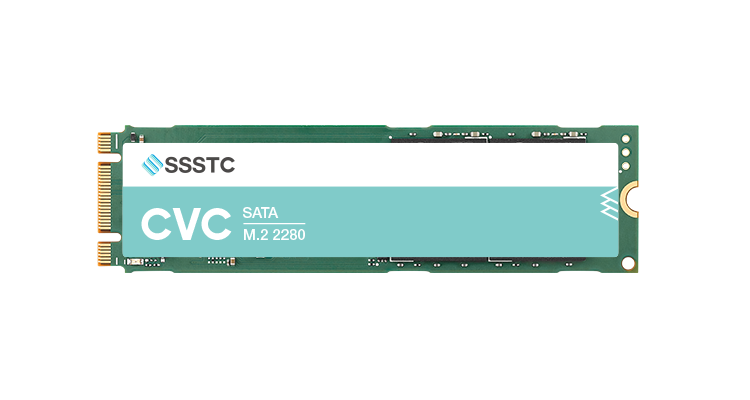
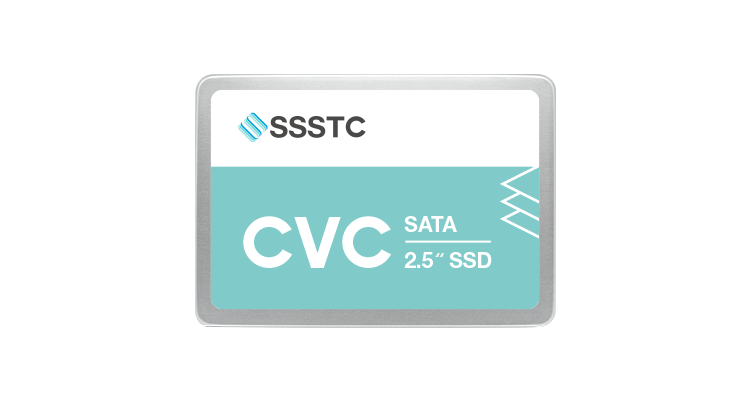
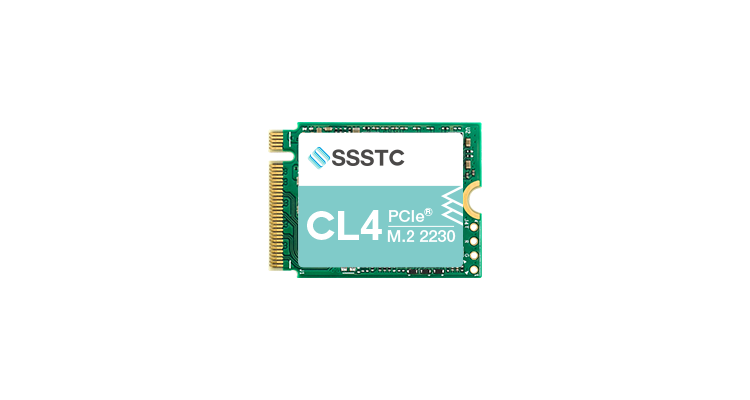
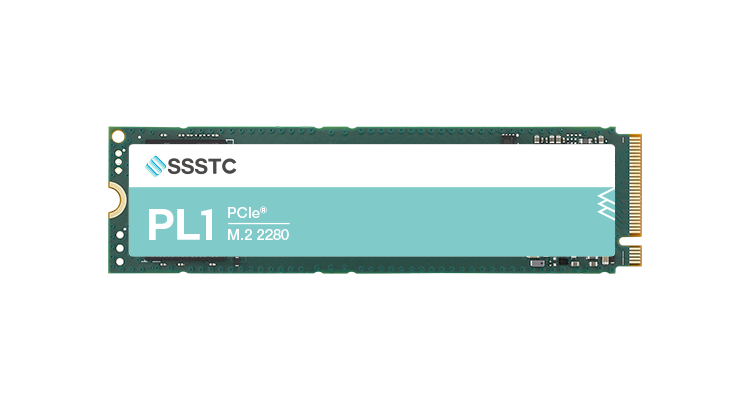
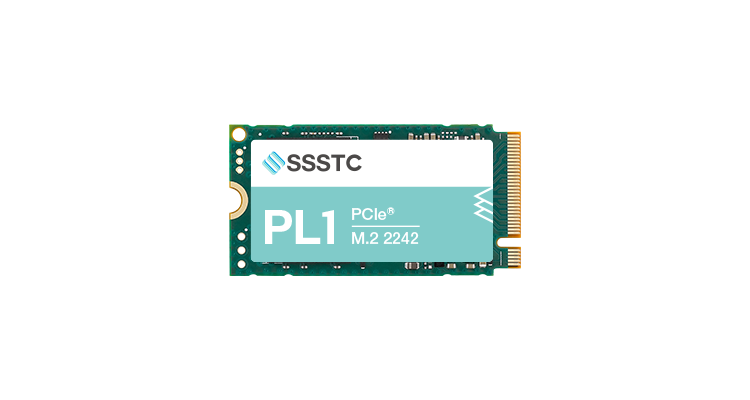
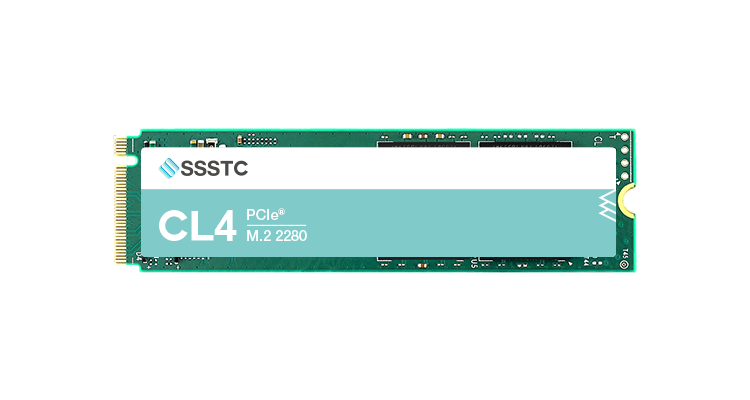
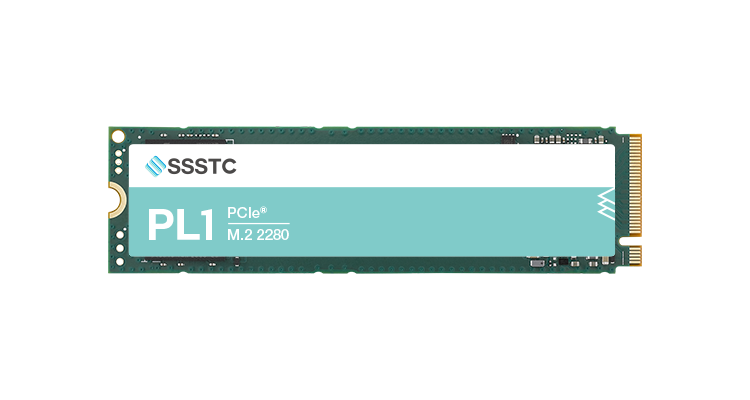
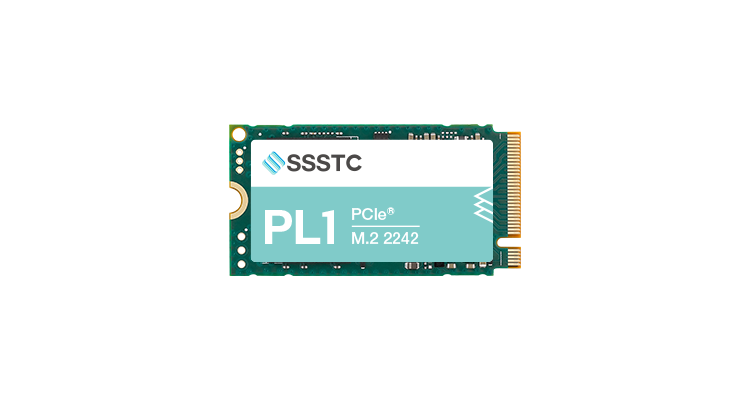
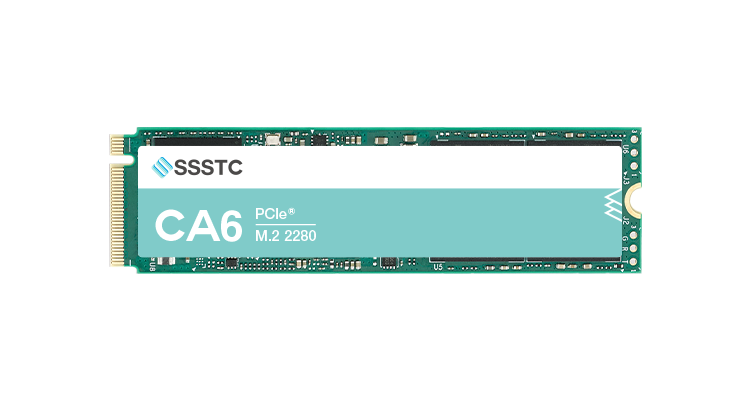
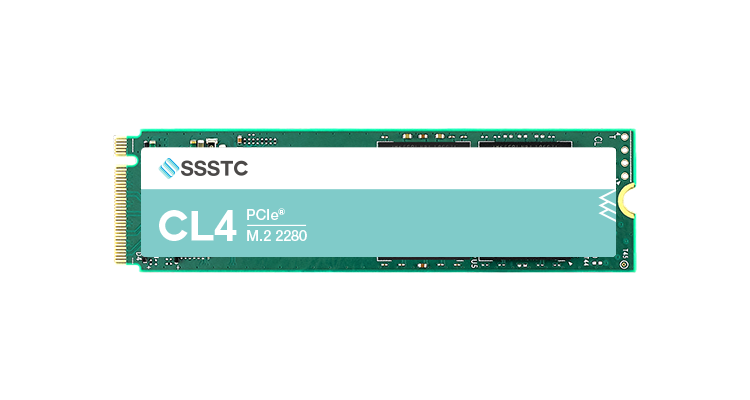
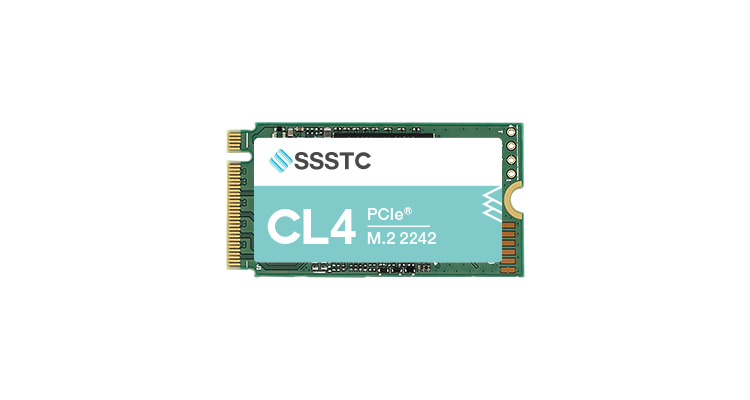
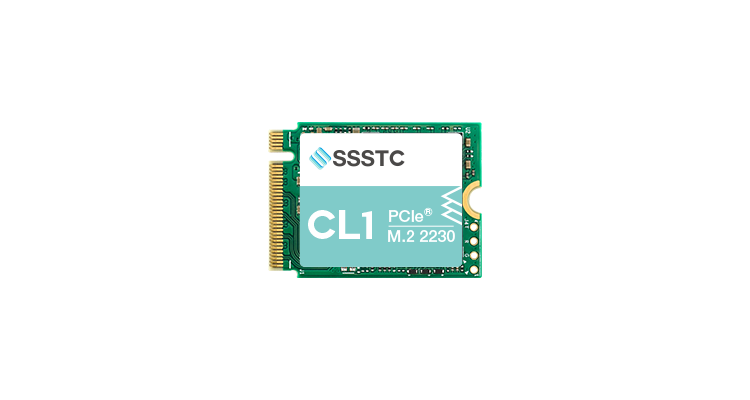
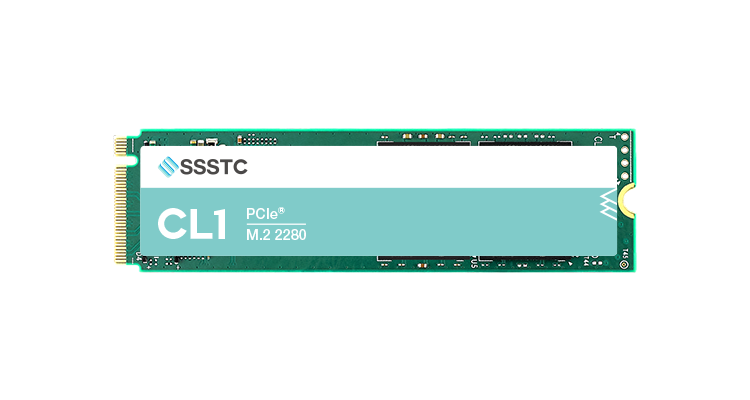
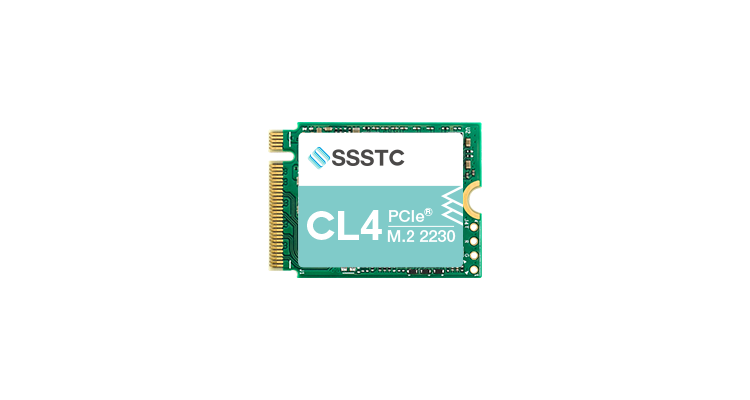
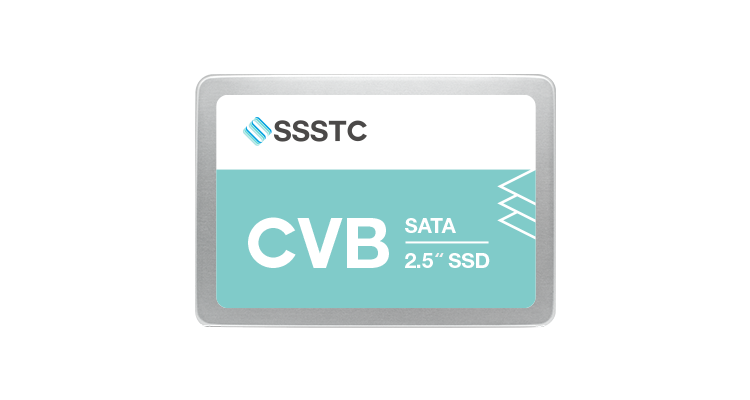
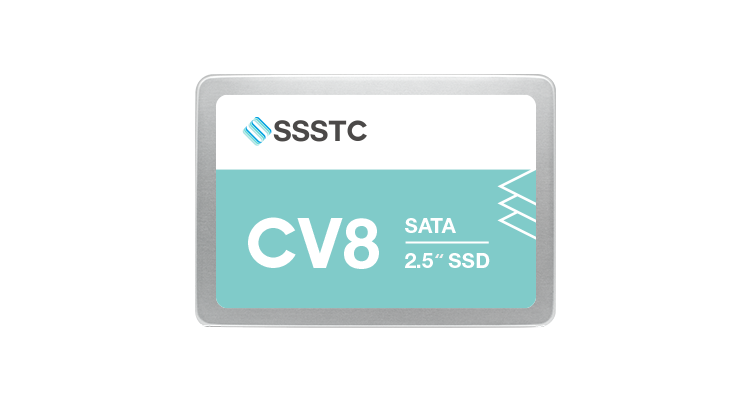
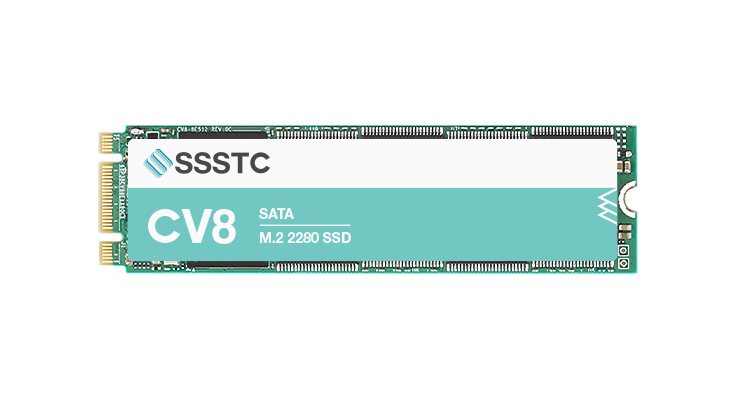
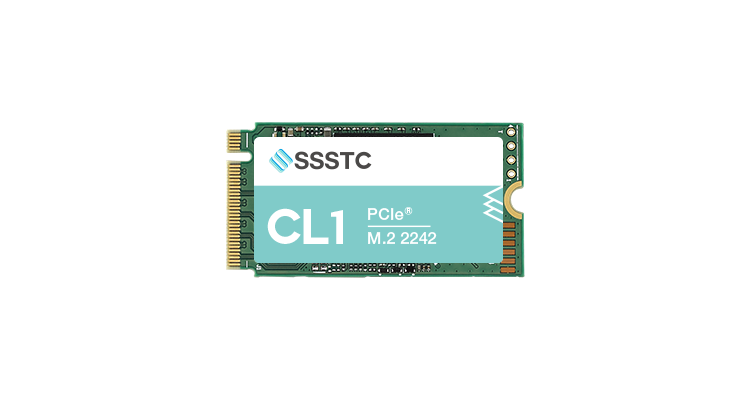
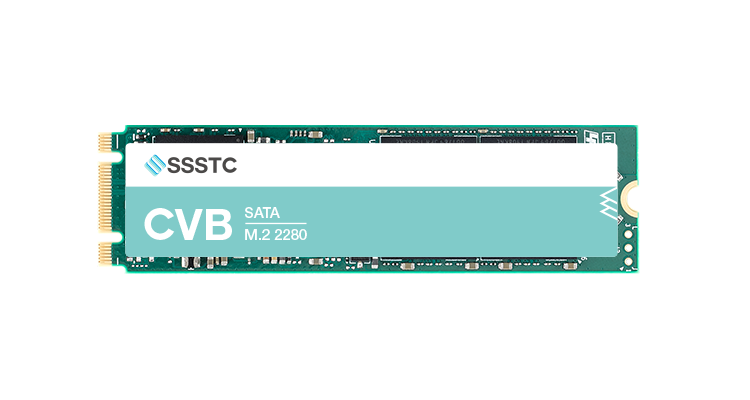
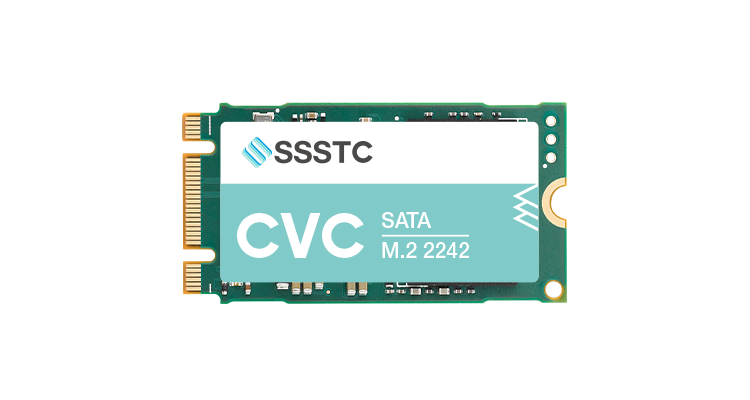
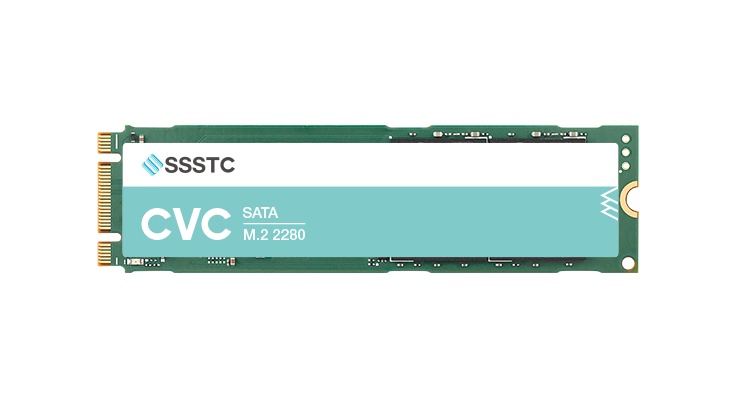
__24C15hqqtC.png)
__24C15wOdCC.png)









__24C05XQ2my.jpg)



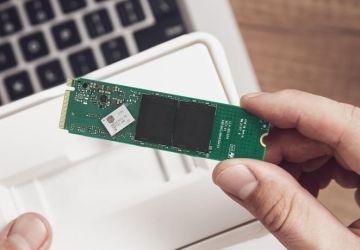



__24C05fplcZ.png)
__24C05vgHYC.png)
